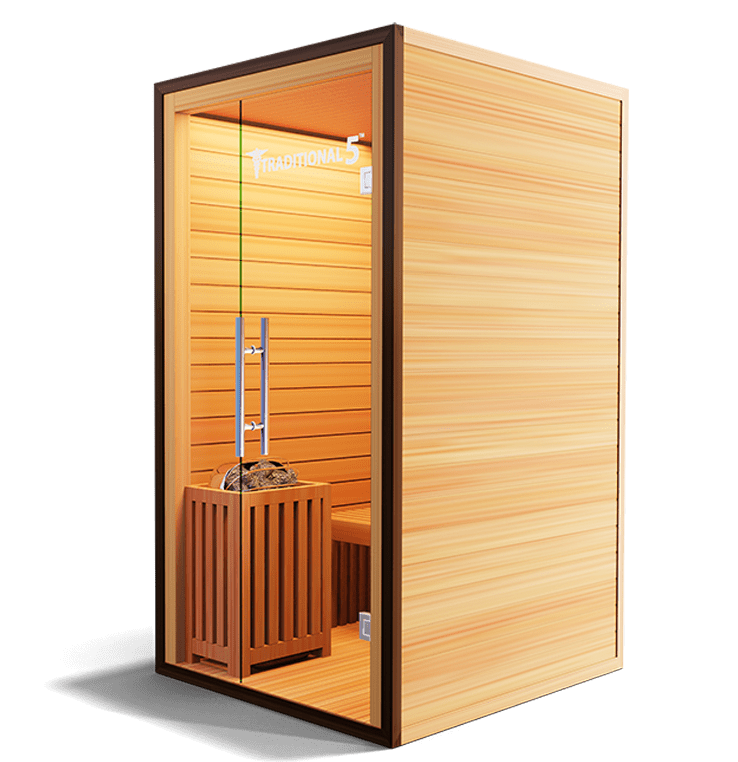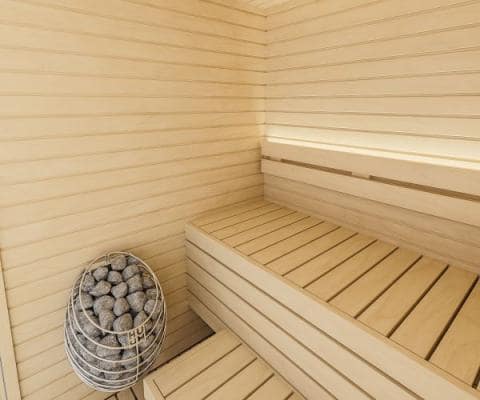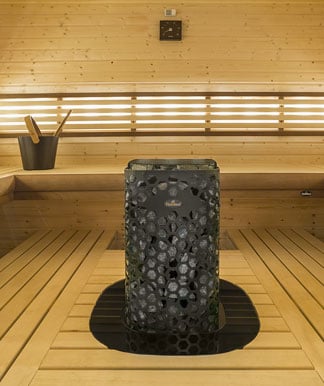5 Easy Facts About Traditional Sauna Described
5 Easy Facts About Traditional Sauna Described
Blog Article
All About Traditional Sauna
Table of ContentsThe Ultimate Guide To Traditional SaunaGetting The Traditional Sauna To WorkTraditional Sauna Can Be Fun For AnyoneThe Ultimate Guide To Traditional SaunaFascination About Traditional Sauna
Many of the weight lost in a sauna is water loss and is re-gained upon rehydrating. Without a doubt sauna can be a vital component of a healthy weight loss program. To look at the distinctions between traditional and IR saunas, I will certainly separate these right into proven, theoretical, and made distinctions.Therefore, the hottest factor in the saunawhich goes to the ceiling directly over the sauna heateris generally in between 185 and 190 F. Claims that a traditional sauna exceeds 200 F is merely not real and not relevant for electrical saunas sold in the United States. The temperature for a far-infrared sauna is normally set in between 120 and 140 F; nonetheless, unlike the standard sauna, the goal in and IR area is not to accomplish a heat.
As a result of this, the temperature distinction is almost unnecessary, since excessive sweating leads to both sauna types, but the approach of heating up the body is various. In an IR sauna the bather will certainly really feel hot and will sweat profusely, however at a lot lower temperature levels (Traditional Sauna). Hence, if the goal is to invest longer periods of time in the sauna, the IR sauna is a good selection
When a conventional sauna has actually been properly heated up, the sauna walls are cozy, the air temperature level has accomplished established temperature and the rocks are extremely heated. As a fascinating side note, the warmed wall surfaces and the rocks are sending out far-infrared warm, incorporated with the warmed air, to create an "enveloping warmth".
Traditional Sauna Can Be Fun For Everyone

When the heat is accomplished, the elements cycle on and off to maintain the heat. Many standard sauna users enjoy pouring water over the rocks to develop vapor to increase sauna humidity levels. The benefits of putting water over the rocks consist of: making the space much more comfy, dampening the nasal passages, and allowing the usage of aromatherapy by blending necessary oils with the water.

When the energy gets in the body, it causes the body temperature level to increase and eventually leads to sweating. In an infrared sauna it is very important for the emitters/heaters to remain on click over here now practically regularly. Since there is no mass of rocks to keep heat, the sauna will certainly cool if the emitters closed off.
As mentioned above, the sauna bather in an infrared area intends to place himself in front of running emitters to obtain maximum take advantage of the warm. The heating time for the two spaces can be really various, depending upon how the spaces are made use of. For a traditional sauna, a bather should allow 30-40 mins for the area to attain a my link preferred temperature level and to correctly pre-heat the rocks.
Some Known Details About Traditional Sauna
A well constructed sauna will typically attain a temperature of 150-160 F in about 30-40 mins. For hotter temperature levels, the area may require to warm for a longer duration. As soon as the space achieves set temperature, the heating unit will certainly cycle on and off, typically operating regarding 50% of the time. The shielded walls and the heated rocks will certainly keep the room warm and at steady temperatures.

Conventional saunas often tend to be bigger (hence utilize even more electrical power) than infrared saunas, although standard saunas are absolutely offered in one and 2 individual dimensions as well. For a two-person traditional sauna, 5x6 or 5x7 size is most popular. The top bench can comfortably seat 2 or 3 people and is likewise enough time to relax throughout the sauna session.
Some Known Incorrect Statements About Traditional Sauna
The average cost per kWH of power in the united state is approximately $0.11, so a 4.5 kW heater will certainly cost around $.50 to run for one hour, if the heater runs continuously for one hour. Commonly a sauna heating system will compete 75% of the first hour and 50% of succeeding hours on since the components cycle once the set temperature is accomplished.

There is a seldom reviewed difference in the social experience between the 2 spaces. While our society has lost several of the social benefit of the traditional sauna experience, it can be extremely socially rewarding (Traditional Sauna). From household time in the sauna, to heart-felt discussions with better halves, to sauna partiesthe standard sauna experience can result in intimate mingling
Get This Report about Traditional Sauna
The majority of greater end infrared spaces include tinted light treatment, audio systems and full-glass fronts.
Report this page